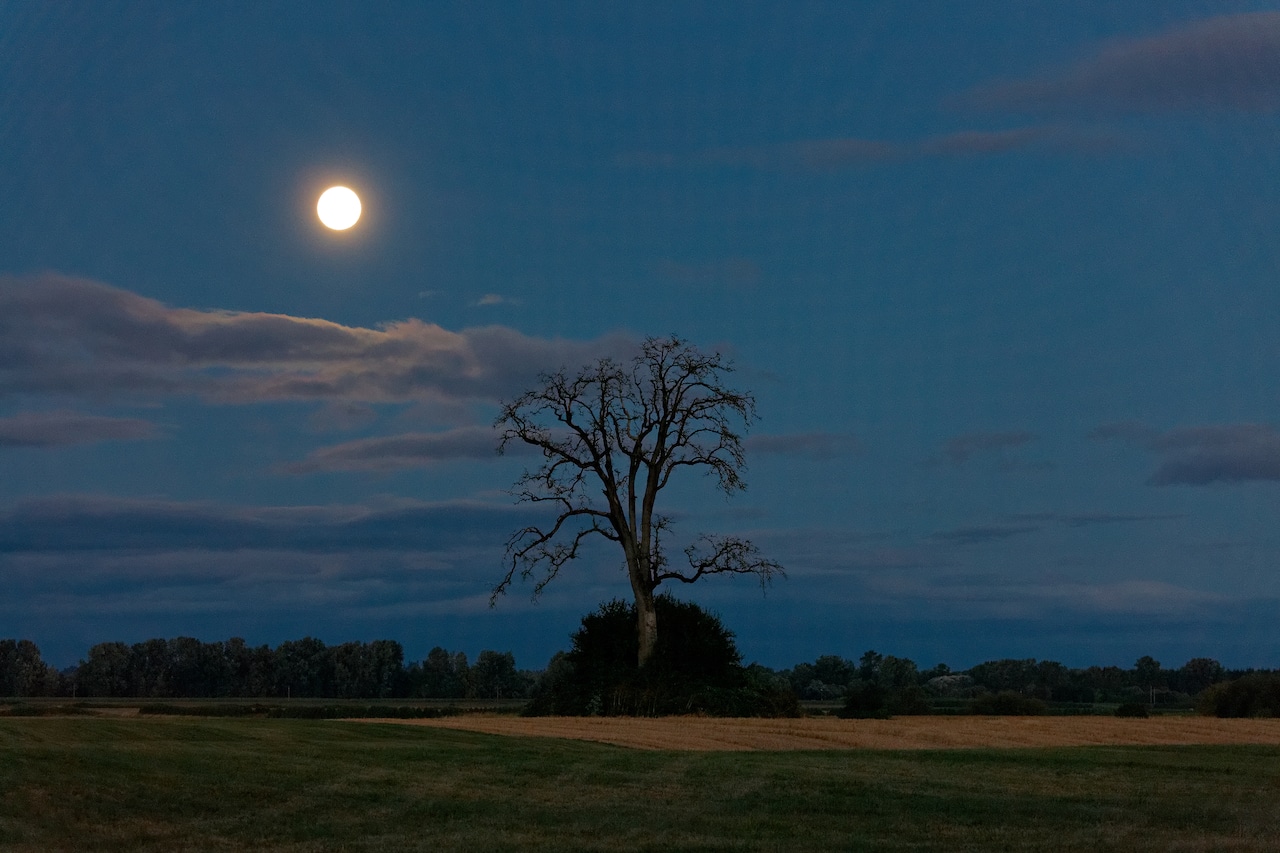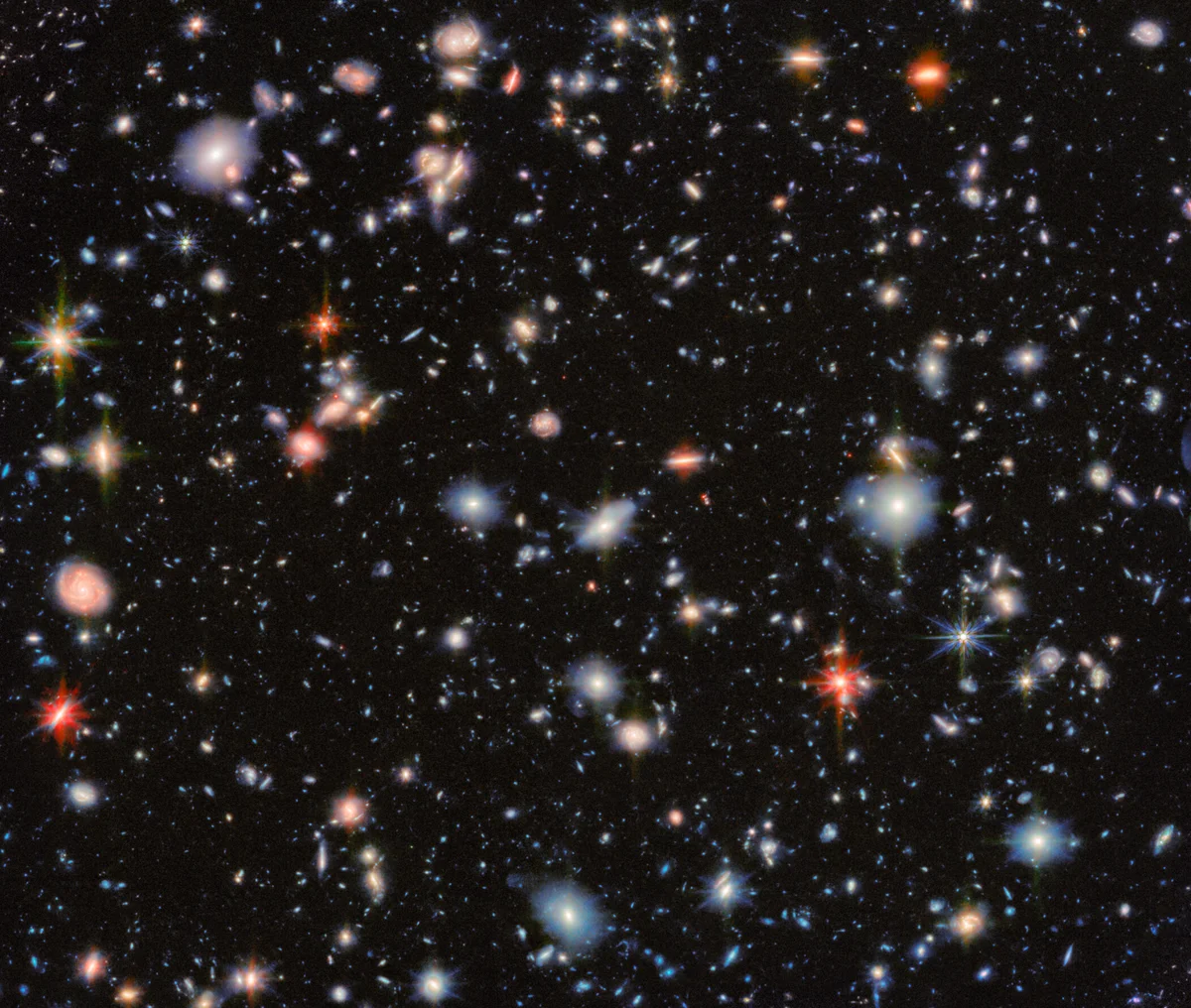
This year’s harvest moon is going to be a little more, well, super.
The first full moon of fall, coming the night of Oct. 6, will appear a little bigger and brighter than usual as it rises over the horizon just before dusk, ushering in the darker half of the year.
Considered by some to be one of several “supermoons” in 2025, the October full moon will rise at 6:22 p.m. Monday in Portland, setting the next morning around 8 a.m. If the skies are clear (and forecasts are good right now), it could be a great way to kick off the first part of fall.
A “harvest moon” is the closest full moon to the fall equinox, whether before or after the astronomical start of the season. Unlike a lot of other lunar nicknames — like the “strawberry moon” or “pink moon” — the harvest moon is not necessarily associated with traditional folklore, according to the Old Farmer’s Almanac, which popularized the nicknames, but is a term used by some astronomers dating back to at least the 18th century.
Stargazing
A ‘black moon’ is coming this summer. Here’s when and what that means
The greatest meteor shower of the year is back, and Oregon might be the best place to see it
These Oregon destinations dominate list of best stargazing spots in the U.S.
Tonight’s strawberry moon may be tough to spot. Here’s how to catch it
Harvest moons are sometimes associated with the color orange, though that isn’t necessarily rare, and it might not be what you think it is.
“The orange color of a moon near the horizon is a true physical effect,” Jim Todd, space science director for the Oregon Museum of Science and Industry, wrote in a recent newsletter. When looking toward the horizon, we are looking through a thicker part of the Earth’s atmosphere, he explained, and because the atmosphere effectively scatters blue light but lets red light pass through, a moon near the horizon can take on a yellow, orange or reddish hue.
A moon near the horizon also appears larger than usual due to the “moon illusion,” Todd said. While there is no strong consensus on what causes the illusion, some scientists theorize that we perceive the moon to be farther away when it’s on the horizon, forcing our brain to compensate by making the object appear larger.
But this moon, as a supermoon, actually will appear to be larger than usual — at least a little bit.
The word “supermoon” is not a scientific term, but used colloquially to refer to a moon that is a little closer to Earth, appearing slightly larger and slightly brighter than usual (though the difference might be imperceivable). According to a chart published by astrologer Richard Nolle, who first coined the term, there are only two supermoons in 2025, one in November and another in December, though other sky watchers consider the moons in October and January to also be “super.”
Whatever you call it, the first full moon of the darker half of the year is always something to celebrate. Pray for clear skies and look for it on the horizon Monday night.



